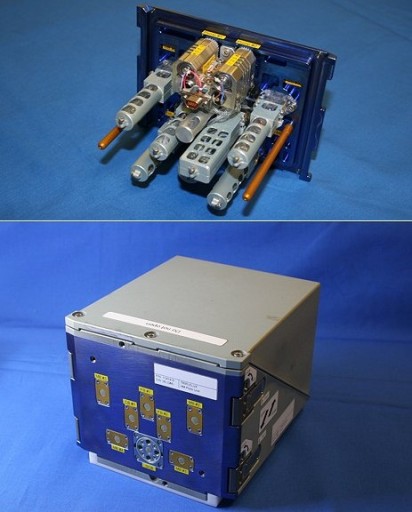TripleLux-B

TripleLux-B is one of two TripleLux Payloads flying to the International Space Station to study cellular changes in the immune system in the space environment and separate out the specific effects of microgravity and other factors such as space radiation. Learning about the underlying mechanisms of immune system degradation in spaceflight which is seen in all astronauts spending an extended period of time in space can lead to a deeper understanding of mechanisms occurring in a number of diseases affecting the immune system on Earth.
TripleLux looks at leukocytes, white blood cells which represent the first line of defence of the human body against infections. Leukocytes function by engulfing foreign bodies and cells and generating reactive oxygen to destroy the invading cells. TripleLux-B exposes rat leukocytes to the microgravity environment to look at changes in cellular-level genetic mechanisms including DNA repair. Microgravity-induced changes in the leukocytes will be compared to changes seen in hemocytes of blue mussels. The mussels are older from an evolutionary sense and any differences between the rat cells (acting as a model organism for an evolved vertebrate system such as humans) and the older cells will be of great interest to scientists.
The experiment is run inside the Advanced Experimental Containment Hardware of the BioLab facility and will require crew members to retrieve frozen samples from MELFI and set up the Biolab facility for at least two 75-hour sessions during which video of the experiment chambers is recorded. The rat macrophages are tested to determine their ability to phagocytize (ingest foreign material) zymosan (produced from yeast cells, acting as a analog to bacteria).
This process is tracked by using Luminol that is luminescent, glowing glue when mixed with an oxidizing agent which will be the case during phagocytosis. The blue mussel hemocytes will be monitored with respect to their ability of activate phagocytosis in microgravity.
